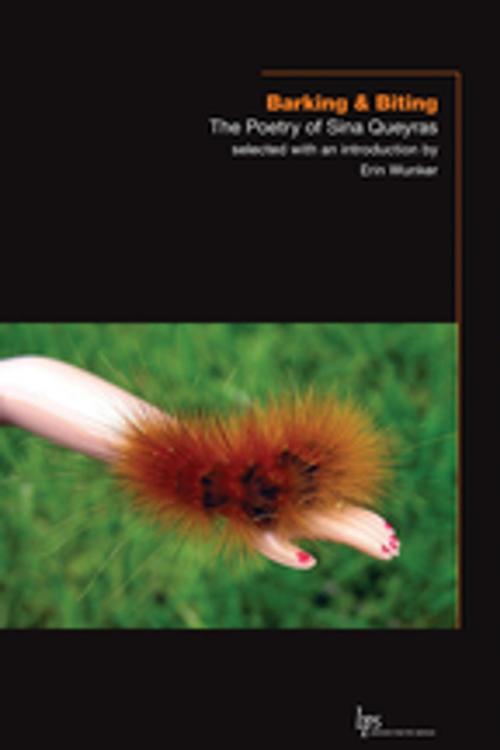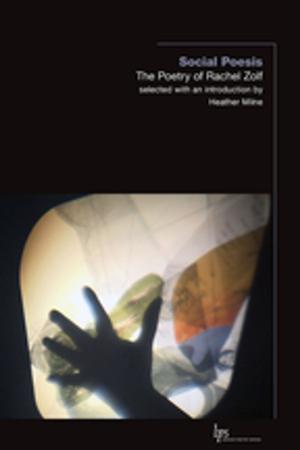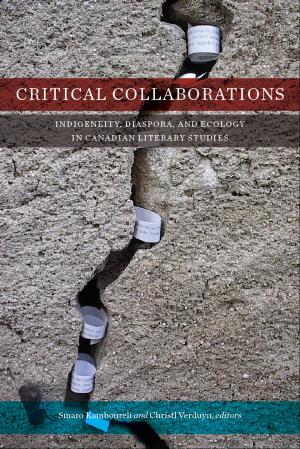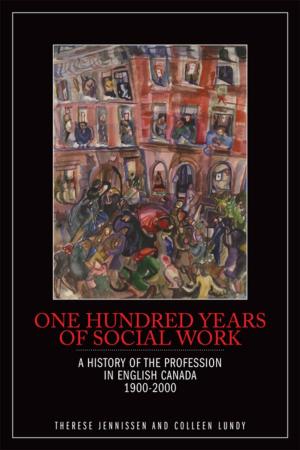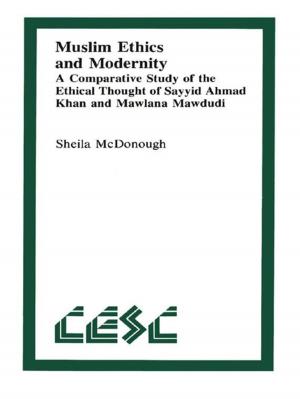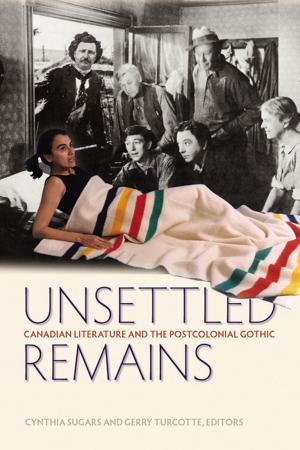| Author: | Sina Queyras | ISBN: | 9781771122184 |
| Publisher: | Wilfrid Laurier University Press | Publication: | March 31, 2016 |
| Imprint: | Wilfrid Laurier University Press | Language: | English |
| Author: | Sina Queyras |
| ISBN: | 9781771122184 |
| Publisher: | Wilfrid Laurier University Press |
| Publication: | March 31, 2016 |
| Imprint: | Wilfrid Laurier University Press |
| Language: | English |
This collection brings together representative work from Sina Queyras’s poetic oeuvre. Queyras is at the forefront of contemporary discussions of genre, gender, and criticism of poetry. Her influential blog-turned-literary-magazine, Lemon Hound, published up-and-coming writers as well as work by established literary figures in Canada and abroad.
The title, Barking & Biting, makes reference to the tagline of Lemon Hound: “more bark than bite.” Erin Wunker’s introduction situates Queyras’s poetry within ongoing debates around genre and gender. It suggests that Queyras’s writing, be it literary critical, poetic, or prose, is precise and probing but avoids toothless critical positioning. It pays particular attention to Queyras’s poetic innovations and intertextual references to other women writers, and suggests that read together Queyras’s oeuvre embodies an engaged feminist attention—what Joan Retallack has called a “poethics,” where poetry and ethics are bound together as a mode of inquiry and aesthetics.
Queyras’s poems trace a consistent concern with both poetic genealogies and the status of women. Thus far, twenty-first century poetics have been preoccupied with two ongoing conversations: the perceived divide between lyric and conceptual writing, and the underrepresentation of women and other non-dominant subjects. While these two topics may seem epistemologically and ethically separate, they are in fact irrevocably intertwined. Questions of form are, at their root, questions of visibility and recognizability. Will the reader know a poem when she sees it? And will that seeing alter her perception of the world? And how is the form of the poem altered, productively or un-, by the identity politics of its author? These are the questions that undergird Queyras’s poetry and guide the editorial selections.
Queyras’s poetics pay dogged attention to questions of both representation and genre. In each of her poetry collections she inhabits tenets of the traditional lyric but leverages the genre open to let conceptualism in. This is demonstrated in her afterword, “Lyric Conceptualism, a Manifesto in Progress,” which was first published on the Poetry Foundation’s Harriet the Blog. In it Queyras puts forward a set of maxims about the possibilities of a new hybrid, the conceptual lyric poem.
This collection brings together representative work from Sina Queyras’s poetic oeuvre. Queyras is at the forefront of contemporary discussions of genre, gender, and criticism of poetry. Her influential blog-turned-literary-magazine, Lemon Hound, published up-and-coming writers as well as work by established literary figures in Canada and abroad.
The title, Barking & Biting, makes reference to the tagline of Lemon Hound: “more bark than bite.” Erin Wunker’s introduction situates Queyras’s poetry within ongoing debates around genre and gender. It suggests that Queyras’s writing, be it literary critical, poetic, or prose, is precise and probing but avoids toothless critical positioning. It pays particular attention to Queyras’s poetic innovations and intertextual references to other women writers, and suggests that read together Queyras’s oeuvre embodies an engaged feminist attention—what Joan Retallack has called a “poethics,” where poetry and ethics are bound together as a mode of inquiry and aesthetics.
Queyras’s poems trace a consistent concern with both poetic genealogies and the status of women. Thus far, twenty-first century poetics have been preoccupied with two ongoing conversations: the perceived divide between lyric and conceptual writing, and the underrepresentation of women and other non-dominant subjects. While these two topics may seem epistemologically and ethically separate, they are in fact irrevocably intertwined. Questions of form are, at their root, questions of visibility and recognizability. Will the reader know a poem when she sees it? And will that seeing alter her perception of the world? And how is the form of the poem altered, productively or un-, by the identity politics of its author? These are the questions that undergird Queyras’s poetry and guide the editorial selections.
Queyras’s poetics pay dogged attention to questions of both representation and genre. In each of her poetry collections she inhabits tenets of the traditional lyric but leverages the genre open to let conceptualism in. This is demonstrated in her afterword, “Lyric Conceptualism, a Manifesto in Progress,” which was first published on the Poetry Foundation’s Harriet the Blog. In it Queyras puts forward a set of maxims about the possibilities of a new hybrid, the conceptual lyric poem.
